Dear Sir:
Your story in the December 2003 issue was of special interest to me as I was a witness to a part of the event. I refer to the naval battle at Surigao Strait.
At the time I was a captain and CO of Company C of the 6th Ranger Battalion. Our battalion had landed on three small islands at the entrance to Leyte Gulf on D-day-3. I was on Dinagat Island and we found no Japanese. Other companies had landed on Homonhon and Suluan. B Company had taken out a Japanese installation on Suluan Island with modest casualties. Our Sixth Army under Major General Kreuger landed on Leyte on October 20, 1944. Thus, U.S. naval protection was needed three days later. We were witness to the naval battle that night. The muzzle flashes were bright and the sound of the firing was like a July 4th celebration.
The next morning we were ordered by radio from Sixth Army to pick up some Japanese survivors for interrogation. I was chosen to do this with a 20-man patrol. We hiked 15-20 miles and met with local Filipinos who told us they had been killing any Japanese who had washed ashore. We asked them to save a few for us.
Finally, we had six Japanese sailors from five different vessels that had been sunk the previous night. They were in sad shape, mostly because of oil in their eyes. Through a Filipino interpreter we were told that we could not be Americans in the Philippines as they (the Japanese) were assured they were winning the war!
The Filipinos treated us to a chicken dinner served on big, wide green palm leaves. We returned the next day with our POWs and the Sixth Army sent a boat over to pick them up for interrogation.
Robert W. Prince
Kirkland, Washington
Mistaken Identity
Dear Editor:
Overall, Bernd Horn’s article, “Hell in a Small Place” (October 2003), is factual and well written and I always take pleasure in seeing Canadian military history being noted by publications outside of Canada, particularly when it is about a regiment that my uncle served with.
On page 66 there is a photo that bears the description “Lt. Col. Jeff Nicklin.” This is not Lt. Col. Nicklin, but rather Cpl. F.G. Topham, the medic who received the Victoria Cross for rescuing wounded under fire and from a burning Bren-gun carrier during Operation Varsity.
Craig Williams
Toronto, Ontario, Canada
Custer’s Rank at Little Big Horn
Dear Editor:
In an otherwise fine issue (December 2003), there were a couple of errors that need correcting.
In A.B. Feuer’s article on the Gatling gun, he perpetuates the myth that George A. Custer was a general at Little Big Horn. During the Civil War her was made a brevet (temporary) major general, but at the war’s end he returned to his former rank, lieutenant colonel, a rank he carried at Little Big Horn.
In “A La Morte!”Robert Suhr states that Edward adopted the King of Bohemia’s (John the Blind) motto “Ich Diem.” Actually, it’s “Ich Dien” (I serve) from the German verb “dienen” (to serve). An alternative explanation for the motto of the Prince of Wales is that it is a mistranslation of the Welsh “Eich Dyn” (Here’s your man), which is what Edward I said when he presented his son, Edward of Carnavon, to the Welsh nobles.
Your magazine is tops in its field. Keep up the good work.
Norbert J. Edwards
Buffalo, New York
Book Recommendation
Dear Editor:
As a former member of C Company, 134th Infantry, 35th Division during World War II, I wish to thank Military Heritage for recommending our former member’s book, Biography of a Battalion by James A. Huston in the October 2003 issue. It is a true story of a real combat unit.
James G. Graff
Topeka, Kansas

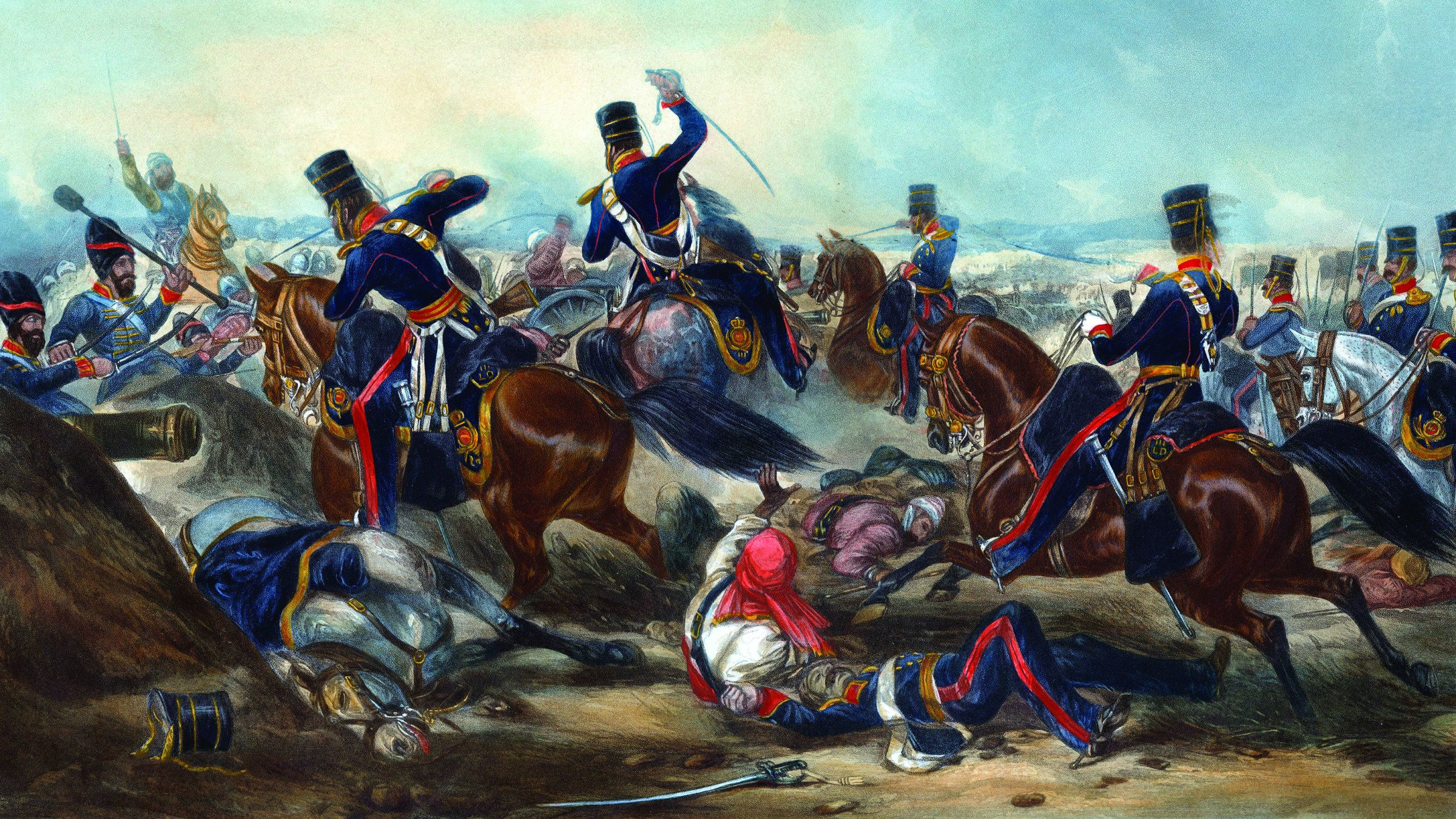
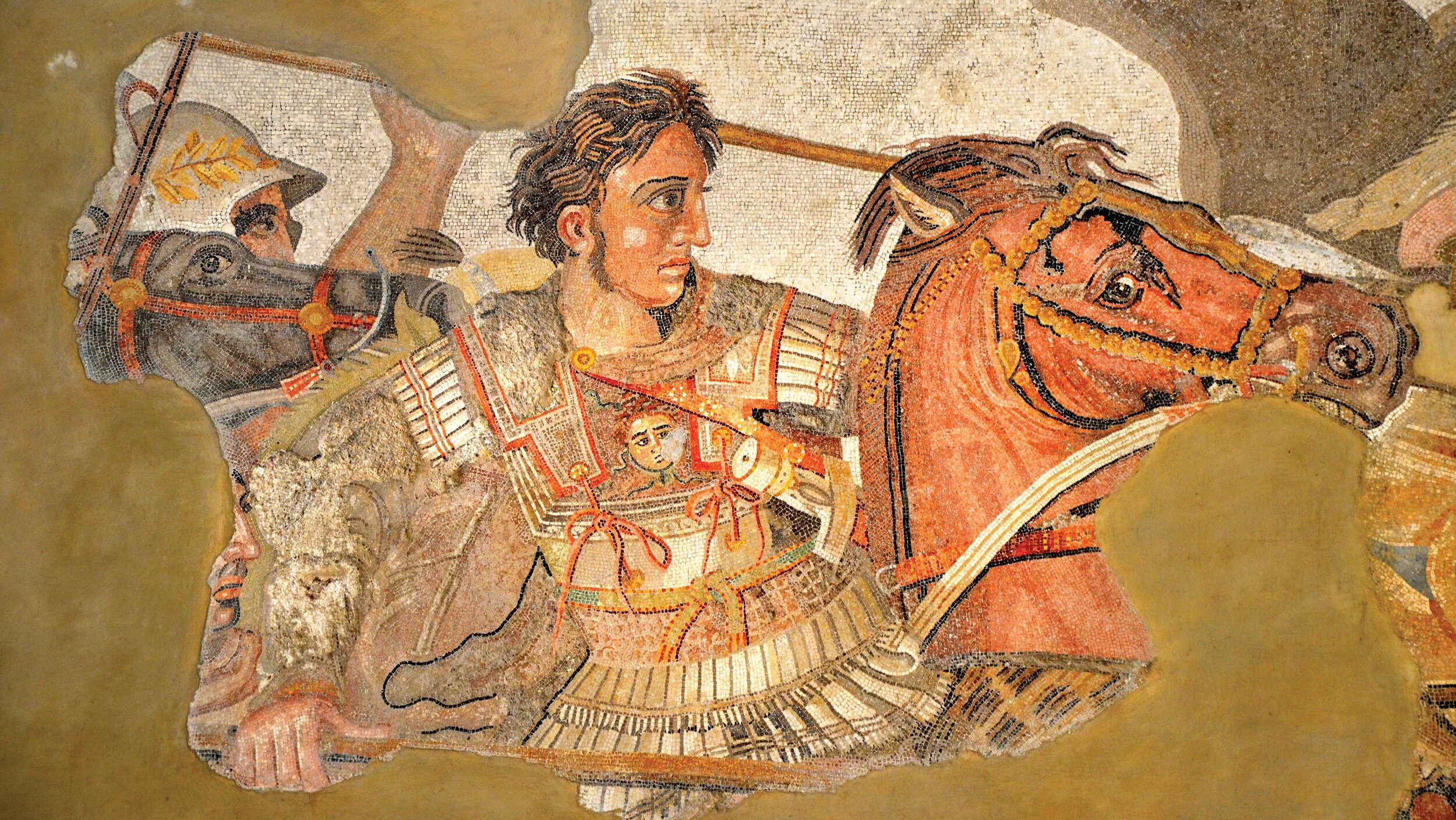
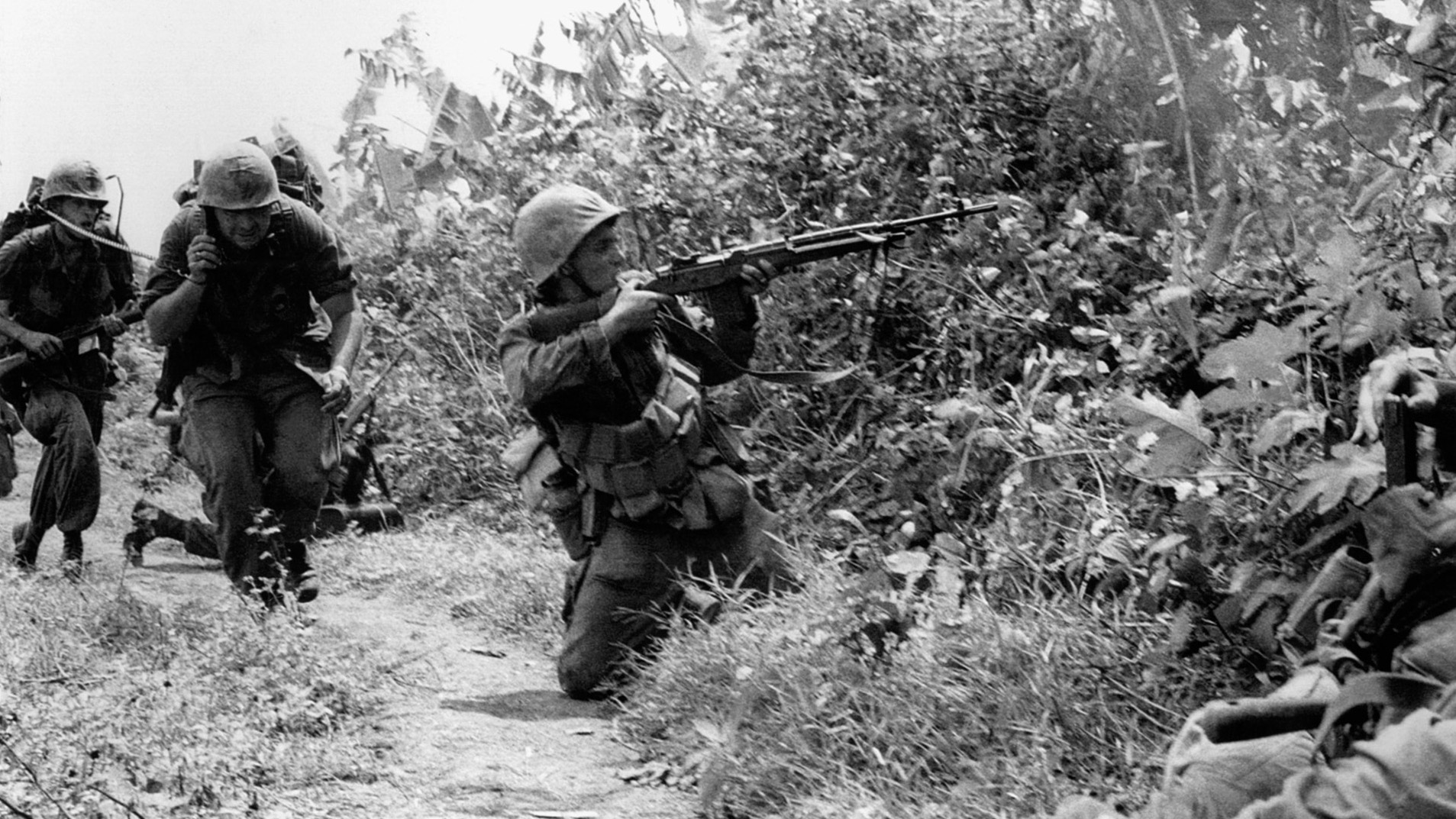

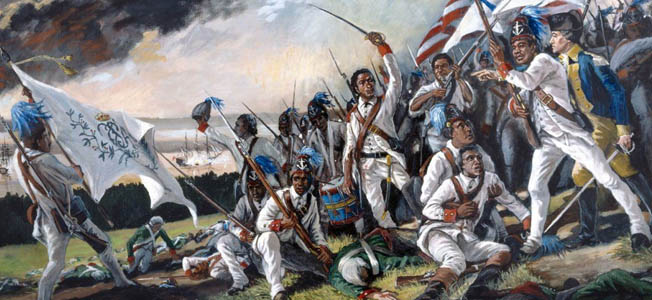
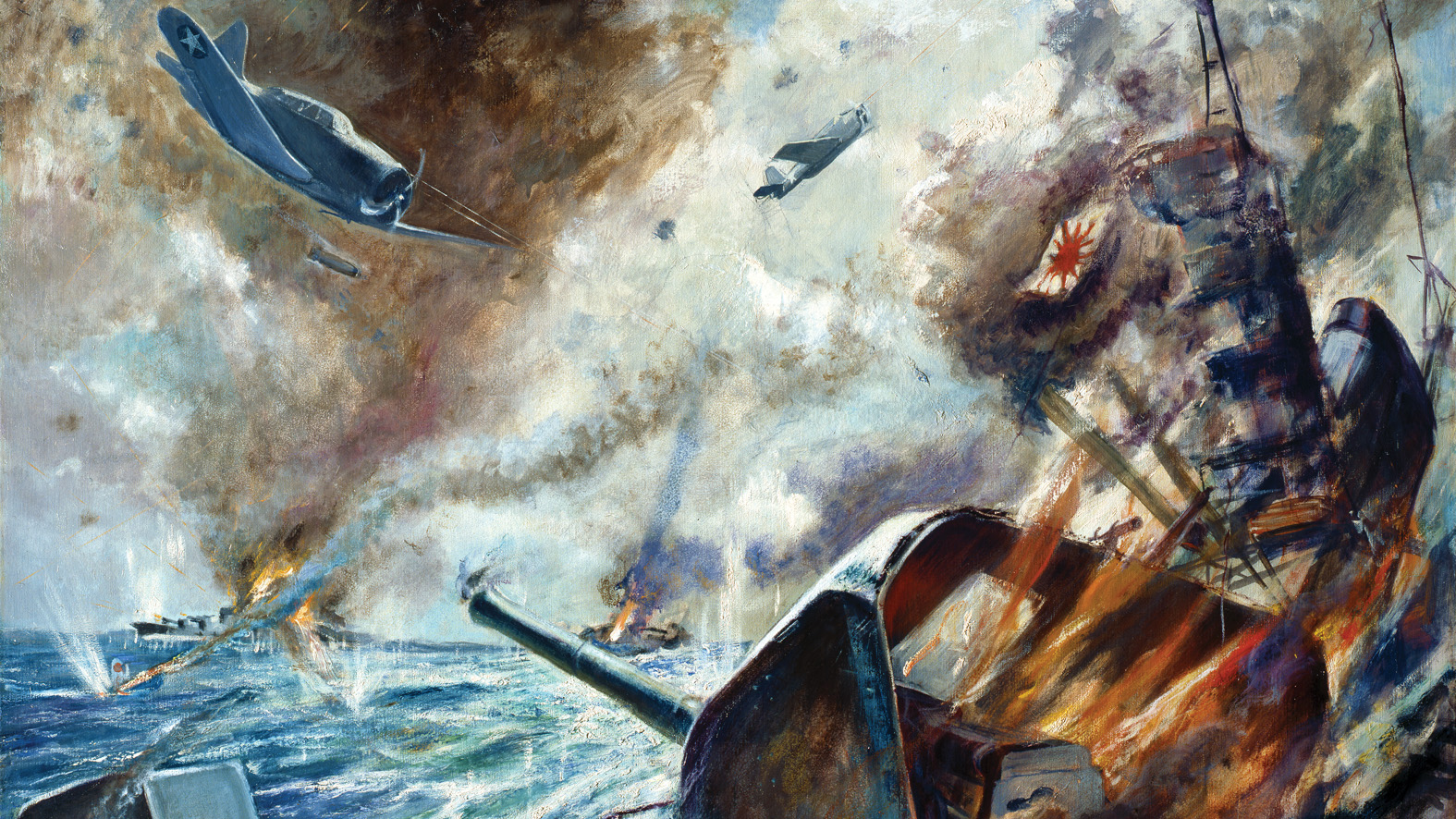
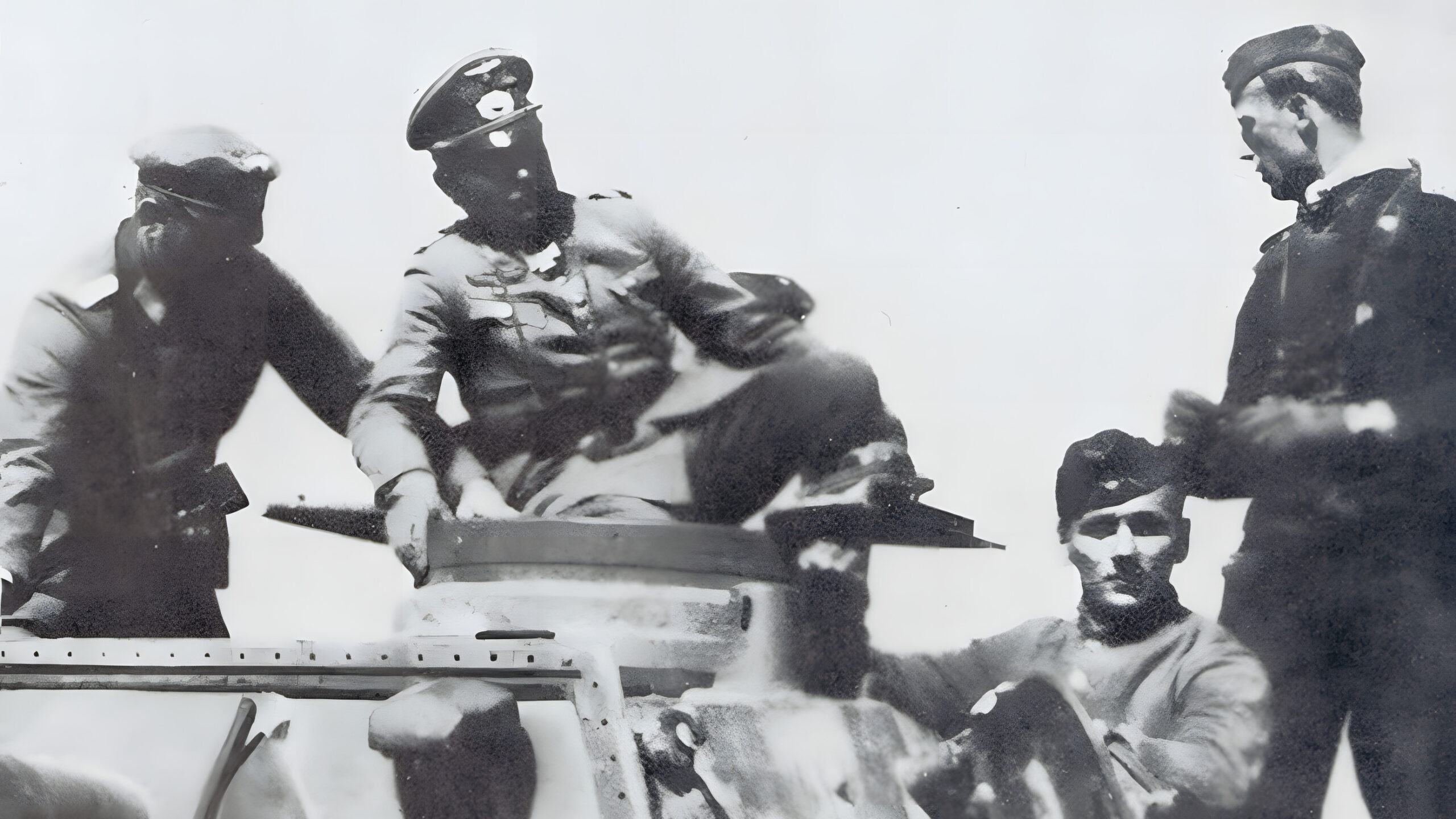
Join The Conversation
Comments
View All Comments